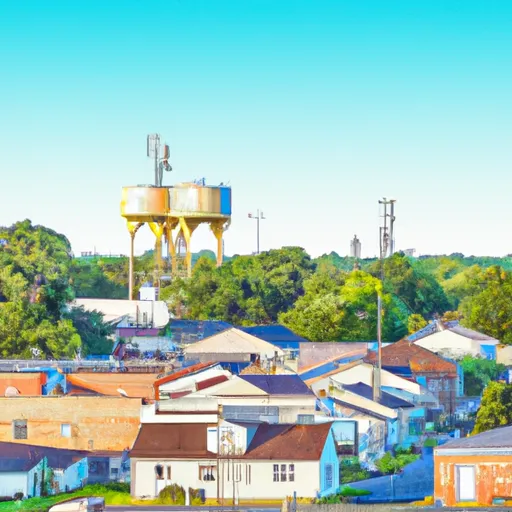°F
°F
mph
Windspeed
%
Humidity











Saint-Amant is a quaint community located in Ascension Parish, Louisiana. It is known for its picturesque surroundings and a variety of outdoor recreational opportunities. The climate in Saint-Amant is generally hot and humid, characteristic of the southern United States. Summers are long and hot, with temperatures often exceeding 90°F, while winters are mild with occasional cold spells.
Situated near the banks of the Amite River, Saint-Amant offers various hydrology constituents. Boating, fishing, and water sports enthusiasts will find ample opportunities to explore the river's scenic beauty and cast their lines for bass, catfish, and other freshwater fish species.
Moreover, Saint-Amant is surrounded by lush forests and wetlands, providing a haven for nature lovers. Hiking trails and nature preserves offer opportunities for birdwatching, wildlife spotting, and peaceful walks amidst the region's abundant flora and fauna.
Overall, Saint-Amant is a haven for those seeking outdoor adventures, be it on the water or in the natural landscapes that define this charming Louisiana community.
Weather Forecast
Saint-Amant receives approximately 1583mm of rain per year, with humidity levels near 89% and air temperatures averaging around 20°C. Saint-Amant has a plant hardyness factor of 9, meaning plants and agriculture in this region tend to thrive here all year round.
Regional Streamflow Levels
70
Cubic Feet Per Second
146
Cubic Feet Per Second
459
Cubic Feet Per Second
26
Cubic Feet Per Second
Nearby Camping
| Camping Area | Reservations | Toilets | Showers |
|---|---|---|---|
| Little Sunflower River | |||
| South Recreation Composite | |||
| North Rec Composite | |||
| Float Camp | |||
| Leroy Percy State Park | |||
| Clear Spgs Rec Area |



